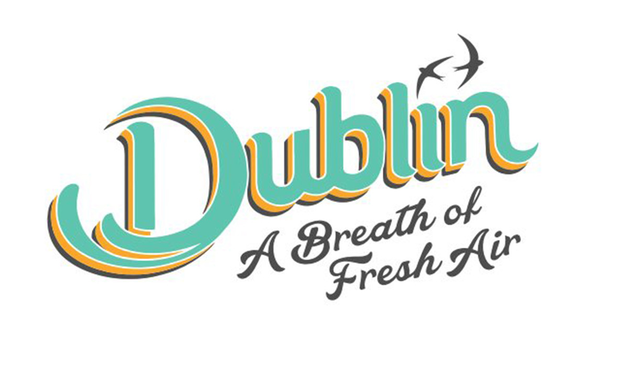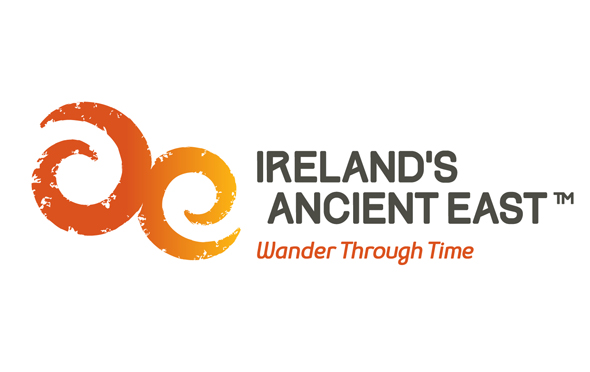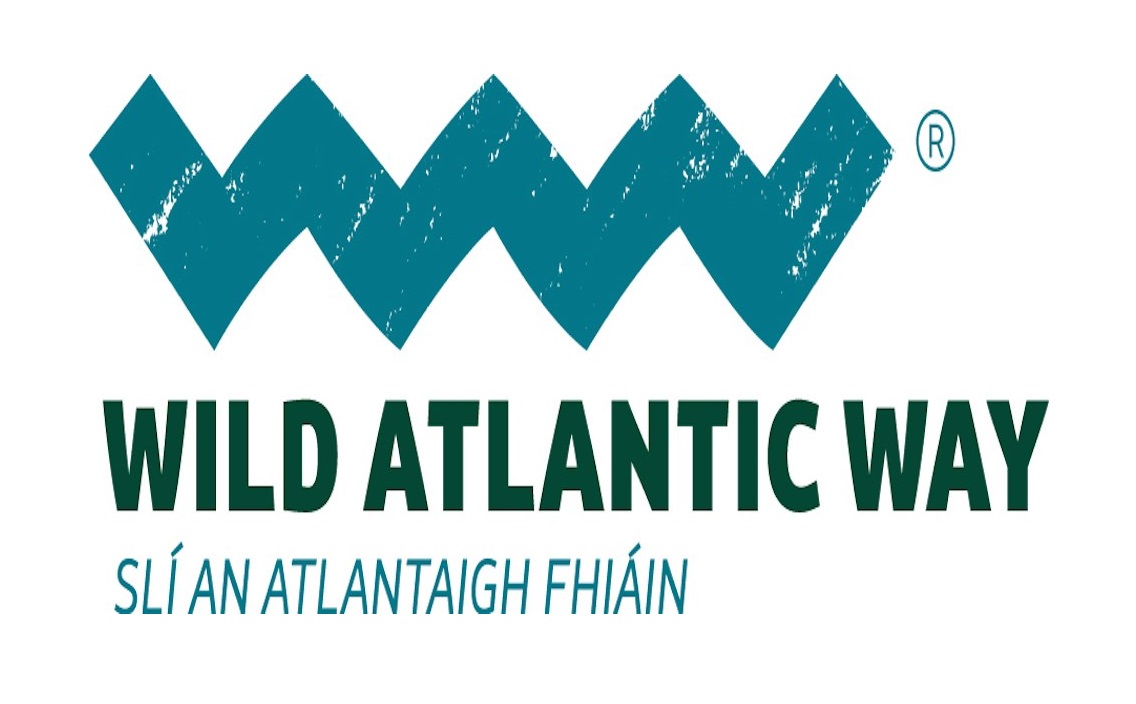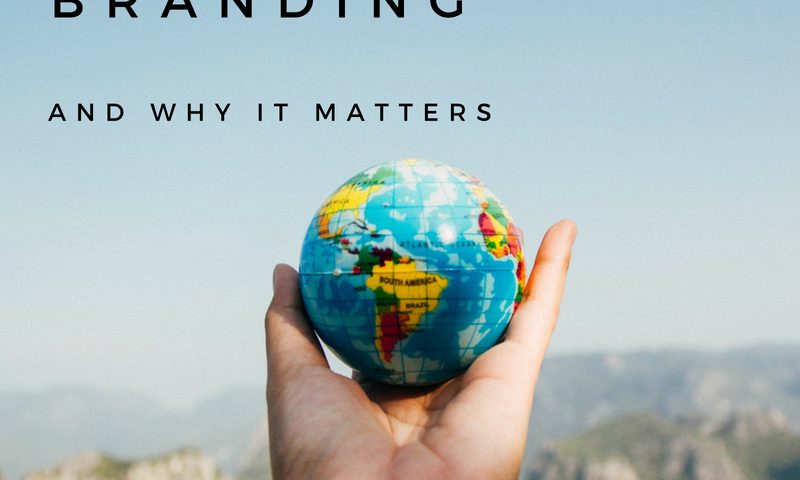
Place Branding and Why It Matters
How do you choose the destination of your next holiday? Are you Pinteresting beachy destinations? Looking at travel Instagram accounts for inspiration or asking friends and family for suggestions? What you’re probably not thinking is the plethora of places around the world that are all vying for your attention. Why? Well there’s the economic impact – booking hotels, eating at local restaurants, visiting cultural landmarks and shopping for souvenirs. In fact in 2016 the total contribution of travel and tourism was €6.5 billion (Travel and Tourism Economic Impact, 2017)! And everyone is looking to have a piece of the pie. But what can countries and cities do to cut through all the noise, stand out and attract tourists? As competition increases, Place Branding has become more prevalent in helping destinations capture and communicate their unique points of difference.
Place branding is an umbrella term encompassing nation branding, region branding and city branding. In some ways, branding a place is no different than branding anything else. Place branding takes a strategic, well-thought-out approach to creating knowledge and experience of places.
There’s such an array of countries, cities and regions out there that have been hugely successful in creating a unique space from which to engage and draw people in. Like any brand, places must identify a unique value proposition that will get people excited about living or visiting there. Place branding is about evoking a sense belonging and pride, compelling people to share their experiences and the reasons why others should be part of it. When a place achieves this level of involvement it becomes a moment of sorts, attracting even more followers.
What kind of impact does place branding have?
- Tourism – Cities, regions and nations aren’t just competing with their neighbours but with places across the world. Developing a dynamic brand that is shared worldwide will increasing recognition and attractiveness to tourists.
- Business – As more people visit, more people will want to live there. This increases the ability to attract and recruit talented people and businesses.
- Local pride – Creating a brand that is authentic and believable will enhance community pride, loyalty, advocacy and livability.
- Reputation – With a strong brand and loyal advocates, places will be able to recover faster if affected by crisis.
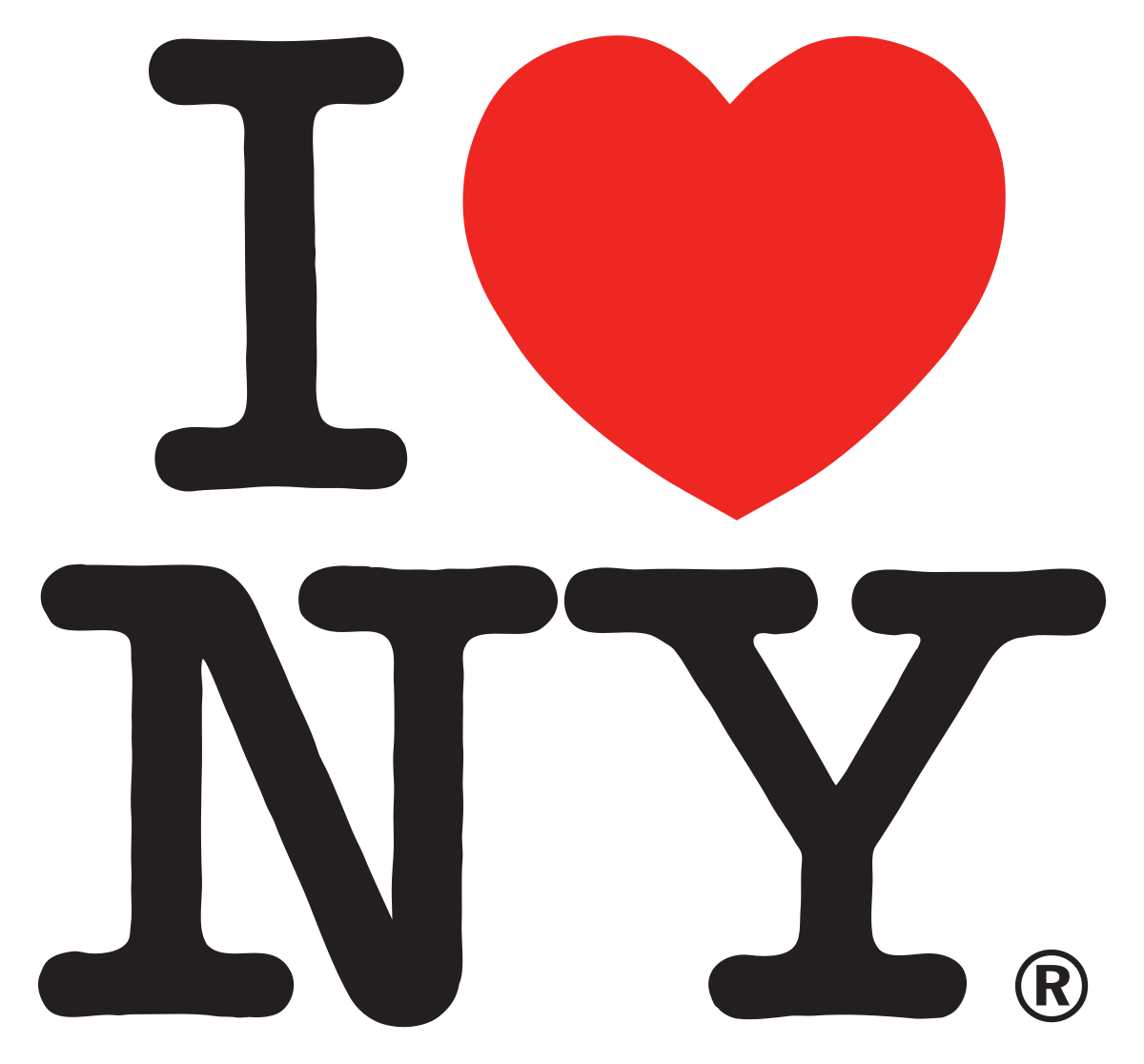
The “I Love New York” campaign is a case in point. The campaign was born out of a city in crisis. Crime was rampant, the city was facing bankruptcy, businesses were leaving in droves and tourism was suffering hugely. As part of the campaign, the “I Love NY” slogan was created. The campaign was expected to only have a very short shelf life, but fast forward 35 years and this iconic brand is still very much alive. It is known as the most mimicked logo, but has never been diluted and remains a powerful icon, a unique state of mind and a prime example of how a place can be successfully branded.
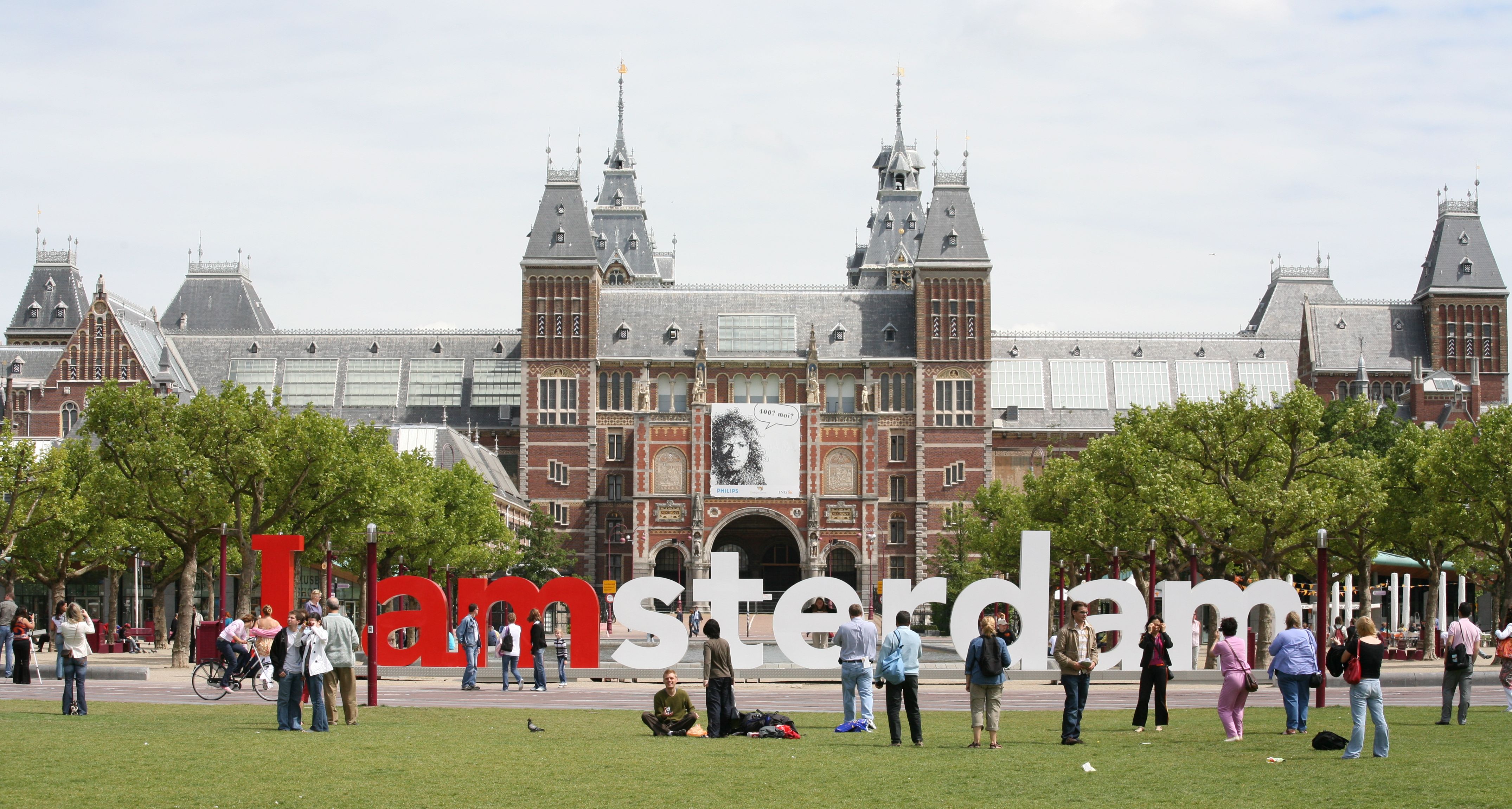
Closer to home, ‘I Amsterdam’ is an example of how Amsterdam has captured the commercial, creative and cultural essence of its city and people. All these strands make up a truly unique positioning which make it hugely desirable in terms of creating new business opportunities, stimulating tourism and also promoting its livability.
What to consider when branding a place
- Prioritize your target audience. Are you trying to appeal to tourists, encourage new businesses or increase citizen morale?
- Figure out what is truly unique about your place. Is it nature? Recreational features or cultural attractions? Use what you have to create a believable and authentic proposition.
- Think local – make sure your brand is something locals can get behind. They are your biggest cheerleaders and will drive word of mouth. Place branding has to reflect and engage these key stakeholders. Otherwise, it’s just a logo and a slogan.
But how do you capture the essence of a city, region or country?

New Zealand’s “100% pure New Zealand” campaign does just that. This umbrella brand has helped define how both the country and its exports are perceived internationally. The foundation of its strategy is two key Maori principals – guardianship and hospitality. These key pillars form the authentic ‘uniquely New Zealand’ elements that are intrinsic to the brand. However, what is key to the success of this campaign is that it has been built, first at home, on genuine self-belief and honesty (100% pure New Zealand) and then, subsequently communicated to the wider world.
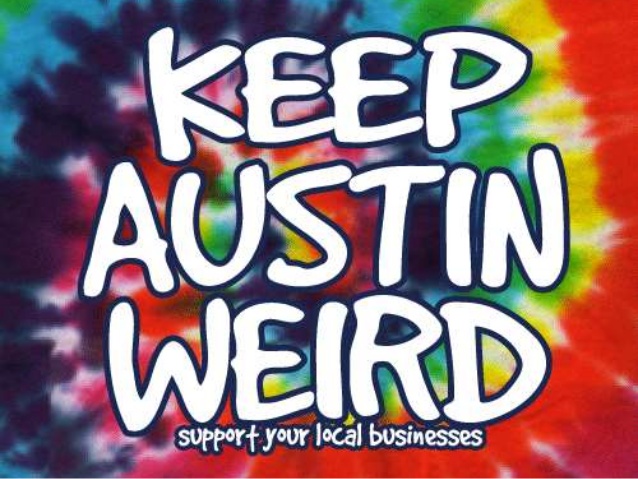
The people of Austin, Texas pride themselves on being a little bit (or a lot) different from the rest of Texas. The “Keep Austin Weird” slogan was originally adopted to promote local businesses in Austin, but harnessed by locals to differentiate itself from bigger cities in Texas like Houston and Dallas. For Austinites, “Keep Austin Weird” is more than a slogan, it’s a way of life. It encapsulates Austin’s uniqueness from the rest of the Lone Star State – from it’s rolling hills to its left-wing politics and vegan friendly food. And that’s the way Austinites like it. Now, Austin is considered ‘the place to be’ and the fastest growing city in the United States.
Tapping into the essence of the people, geography, history and culture, can help to create a brand strategy that reflects its true, distinctive self.
Branding Ireland
From a branding perspective, there are so many positive traits that make “Brand Ireland”. Over the years we’ve used these identifiers and traits again and again: our rolling hills, our people, our myths, our magic and even our quaintness, to symbolise “Brand Ireland”. But it’s the shared human traits that really strike a chord – community, honesty, courage, resilience, warmth, family, humour – all these values come together to create a distinct brand that so many people want to be part of.
It’s clear that a number of counties, regions and cities in Ireland have realised the importance of further developing their brands, clearly articulating their offering and differentiating themselves. Tourism Ireland has had incredible success with its many initiatives – “Dublin, A Breath of Fresh Air” and “Ireland’s Ancient East”, and of course “The Wild Atlantic Way”.
It’s not just about a physical place, it’s also about a sense of place, a sense of belonging. So many strands have come together to create something with the potential to be powerful, inspirational and genuinely meaningful to so many people. All these strands have to be harnessed to build a powerful brand, one that strikes an emotional chord with its audience.
Katelynn Spaid, Social Media Coordinator
Katelynn Spaid moved to Dublin from Austin, Texas in March 2017 to work as the Social Media Coordinator for Neworld. She received her degree from Texas Tech University in Public Relations, and has extensive experience in social media management, content marketing and sales. At Neworld, she has developed an appreciation for branding and its relationship with design effectiveness. She admires the creativity and enthusiasm of her colleagues and is happy to be a part of the show by promoting and celebrating their work.
Keep Reading

Connect engage and build relationship

The Grey Area Project
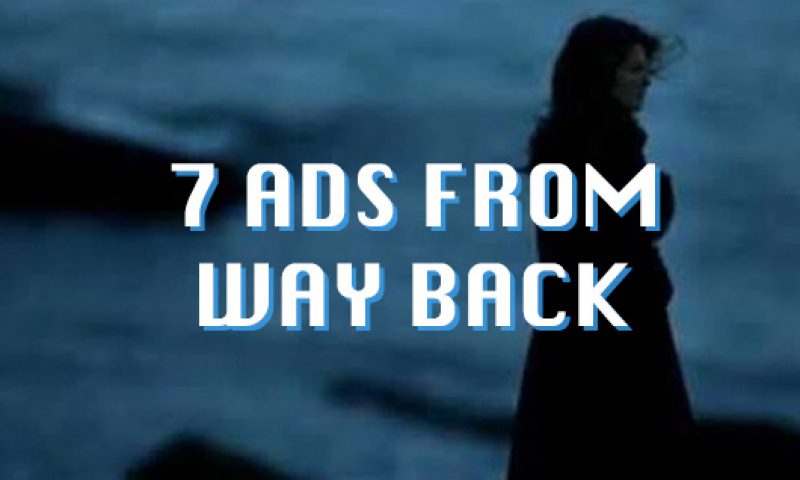
7 Classic Irish Ads and earworms
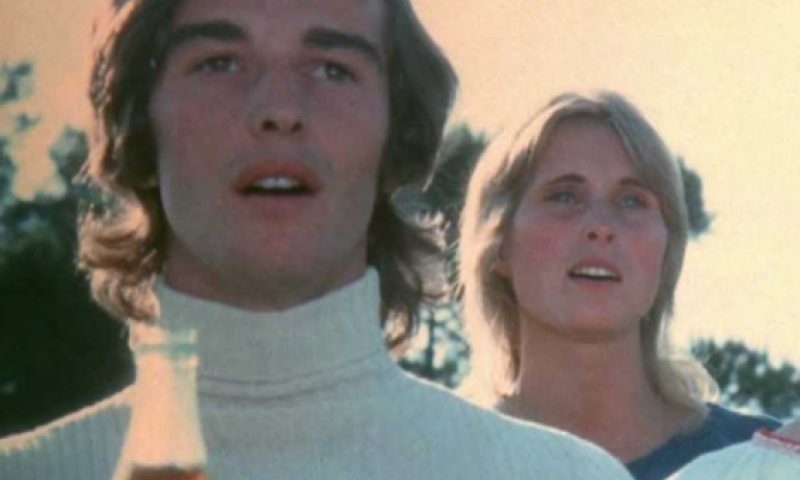
Aliens invading London and the perils of co-opting social...
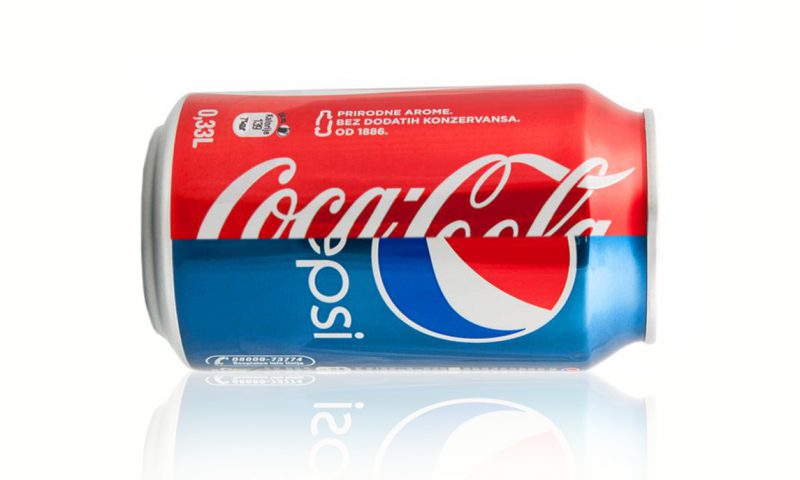
The Cola Wars

A typeface you can see and feel
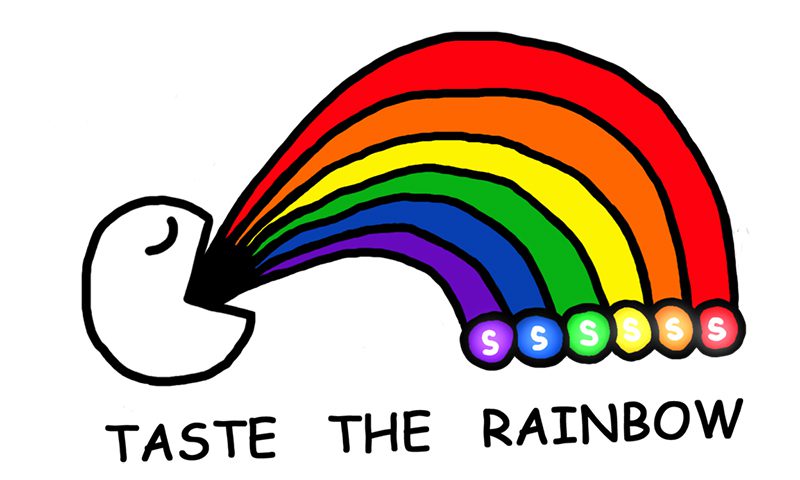
Stark Crazy! Embracing the WTF moments

Bloomin’ Brilliant – Our Irish Producers showcase their...
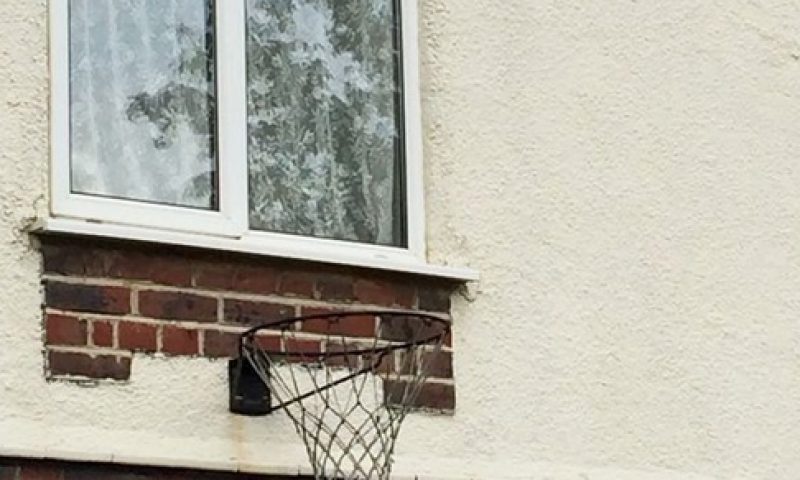
The Seven Deadly Sins of Web Design
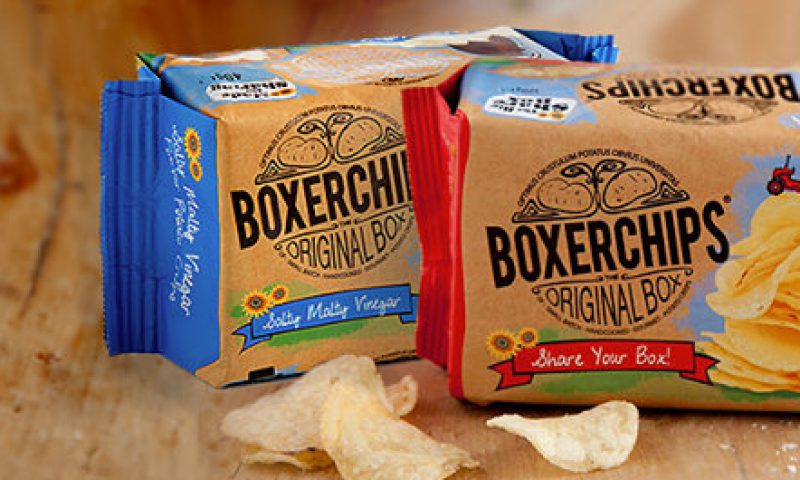
Boxerchips – Making Packaging Innovation Fly

Get Designers On Board, Not Boring Design

What We Look For in a Design Portfolio

Packaging: Limited Edition = Unlimited Potential
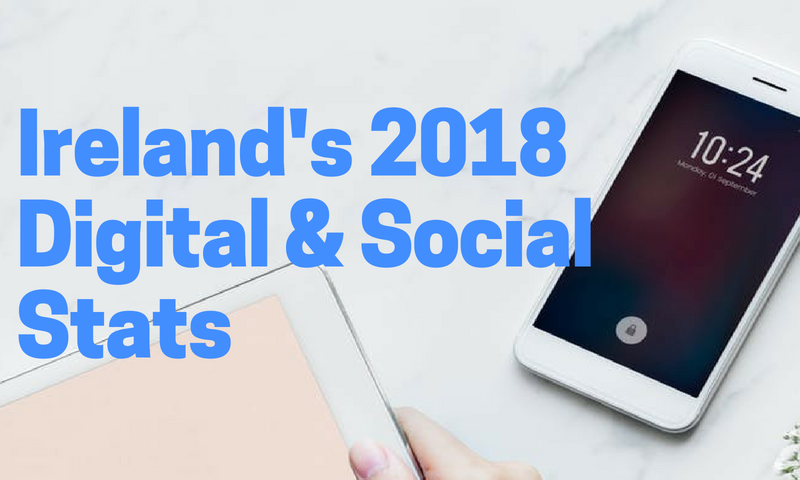
Ireland’s Digital and Social Media Statistics 2018
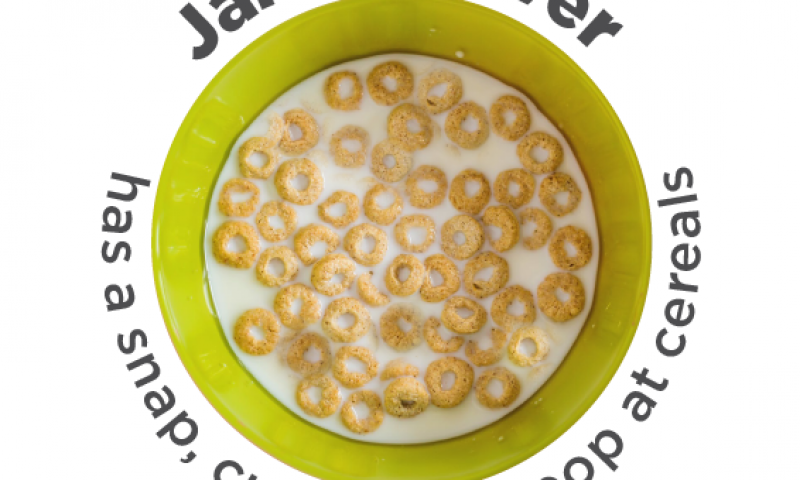
Jamie Oliver goes snap, crackle and pop at Cereal

13 Tips for Overcoming Procrastination

What’s In a Name?
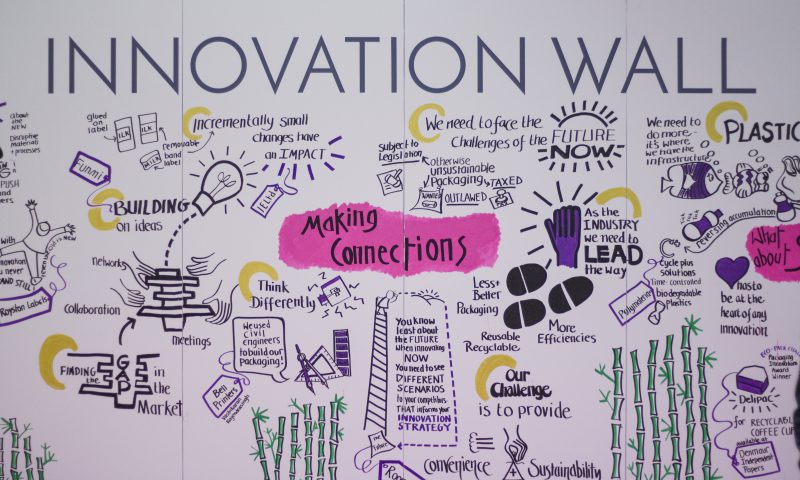
Ice Cool Seduction
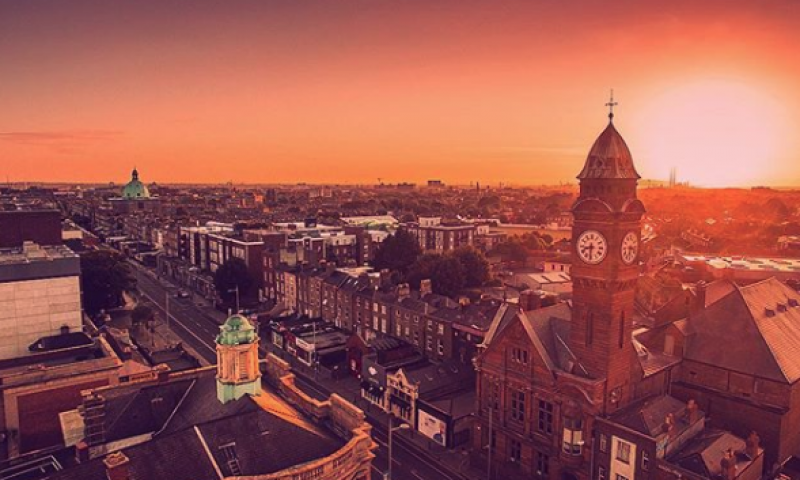
Brand Ireland born in Rathmines

